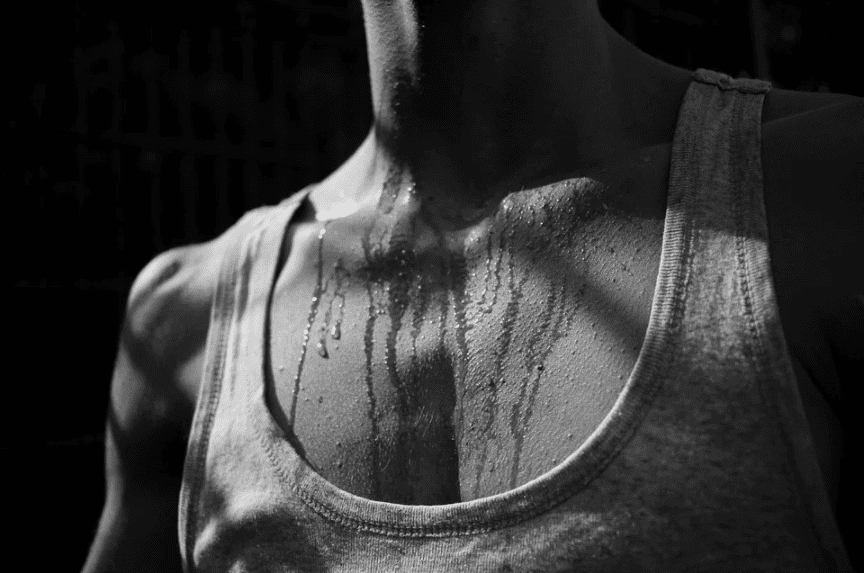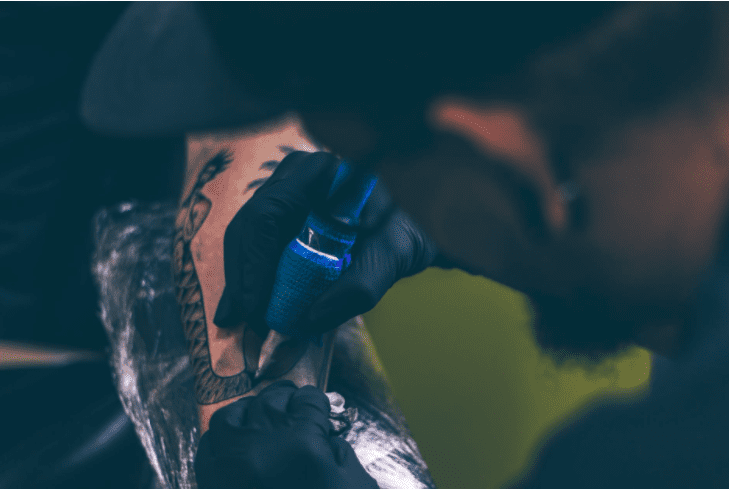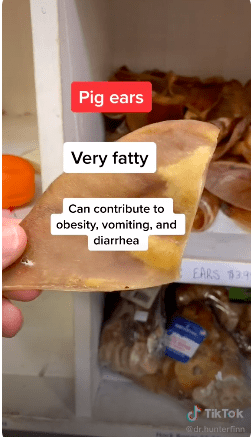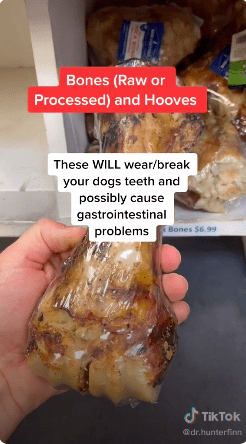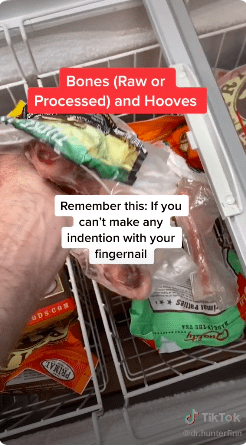You might think that a small change to your daily routine doesn’t mean much, but these things really do matter!
So if you really do want to make some changes in your life, start small and go from there. Things will start improving before you know it!
Let’s hear from folks on AskReddit about the daily habits that changed their lives.
1. Cycling.
” I hate running but recently picked up road biking in NYC and it’s fantastic.
Super stress free, cars are used to bikers here, and I just feel more comfortably doing it physically even when going hard.”
2. Get ready for tomorrow.
“Prep for the next day the night before: I put my clothes out, sort whatever I’m taking with me if I need to go out, and as a last thing grind coffee for the morning.
I’m almost never in a rush now even when I’m really busy and it just helps knowing that the daily stress of what to wear and holy sh*t where did all the socks go etc etc is all taken care of.”
3. We should all do this.
“I do a 15 minutes core workout almost every night.
Pretty much cured my back problems.”
4. Get it done.
“Making my bed in the morning, specially during my worst depression times.
Cause I would feel like a useless piece of sh*t, waste of oxygen in the world, but making the bed makes the room feel more clean and that helps you feel a bit more productive and then you’re less useless.
Also if at the end of the day you didn’t do sh*t, everything went wrong, you can look at your room and say “hey, at least I made my bed”.”
5. Do something!
“Making a mental list of what I was going to do that day.
Made sure I always got off my *ss and did something, even if it would have been a lazy Sunday, and I always felt/feel better for it.”
6. Just put it away.
“Not looking at your phone at all before going to bed. The brightness of your phone keeps you awake.
Falling asleep goes so much smoother!”
7. Yoga is good.
“15 minutes of light yoga every morning and evening.
I work an office job and used to have so much back, neck and shoulder pain because I was sitting all day.
Now I can move pain free and I have more range in my movement that I had in my 20s.”
8. Extra effort.
“Always do something today to put yourself in better stead/preparedness for tomorrow.
Can be as simple as making lunch the day before, ironing a weeks load of shirts on Sunday.
A little extra effort is appreciated by your future self and those things soon become habit and you’ll grow with continual reflection of where you were.”
9. Just three times a week.
“A 15 minutes exercise regime 3 times a week.
Around 10 yrs back I was experiencing plummeting immunity and stamina in.spite of healthy eating and supplements. By chance I stumbled on ‘Prevention ‘ magazine in the bookshop. This issue demonstrated this 15 minute exercise regime, thrice a week with a claim that it would boost immunity, improve stamina, burn calories.
I began with it and yes , it did all the things it claimed . Losing 4inches of waist in 6 weeks was.a pleasant side effect. Since then I have been advising people to exercise thrice a week , if they don’t have the inclination or will power to work out daily.”
10. Dogs are good!
“It really wasn’t a choice, but more of a need.
I adopted a puppy and, of course, I want to give her the best life possible. So, I walk her every day – which is something you should do anyways if your health allows for that kind of mobility.
Just being outside with her, seeing her happily sniff stuff and roll in the grass has made a huge impact on my mental health.
Also, taking the time to play with her and her toys, even if I’m really tired from work, has also contributed immensely to my own happiness.”
11. This is good.
“I learned a simple phrase that changed my life:
“Don’t put it down, put it away.”
If anything leaves my hand, it should be going to its home. Wiped my hands on a towel? Don’t put it on the counter, put it on the towel bar.
Had a glass of water? Don’t set it on the table, put it in the sink. Taking off my shirt? Don’t throw it on the bed, put it in the hamper.
My house is much cleaner, and my cleaning goes much faster, because 90% of what would need to be done gets done automatically.
Don’t put it down, put it away.”
12. Do it!
“100 pushups, 100 sit-ups, 100 squats, everyday.
Started with pushups, and got results in the first week.
I eat and sleep better, get noticed more, and most importantly my energy throughout the day is absurd.”
13. You don’t always have to be looking at it.
“Setting auto Do Not Disturb on my phone to start 3 hours before I plan to try to sleep, and 2-3 hours after waking.
That means no notifications for anything (except calls off known numbers – I have it set so if they ring twice within three minutes the call will come through the second time).
I don’t use my phone for anything a few hours before bed, or after getting up, unless I actively need my phone for something. It’s incredibly freeing to know that time is not for ‘being productive’ (emails) / faux productive (clearing app or social notifications.
Easy to stick to, as it’s automated, and no downside. I wholeheartedly recommend it.”
14. A world of difference.
“Today marks the 177th consecutive day that my wife and I have gone for a 45-minute walk.
Some days we walk for up to 2 hours but 45 minutes is the minimum. Taking a walk is now integrated with our daily life.
It has made a world of difference in the quality of our lives.”
15. Had enough of that.
“Cutting out all televised news and anything online featuring audio/video clips. It cuts out an incredible amount of absolutely pointless stress.
The world is a garbage fire, especially lately. Most people I see on TV news are politicians who I’d p*ss on before ever speaking to. Then on top of those scumbags, you get rid of the utterly useless talking head pundits who bring zero legitimate journalism to the table other than sensationalizing bullsh*t for ratings.
Basically you eliminate a ton of utterly useless infotainment trash, and you don’t have to hear some politician spewing their sh*t into your living room, office, wherever you may be.
I’d encourage anybody to switch up their news to reading only. If you can’t cut the cord that severely, at least cut out the 24/7 news stations.
Give yourself a little bit of headspace.”
Okay, now it’s your turn.
In the comments, tell us what small daily habits you think have changed your life.
We’d love to hear from you!
The post People Share the Simple Daily Habits That Changed Their Lives appeared first on UberFacts.
